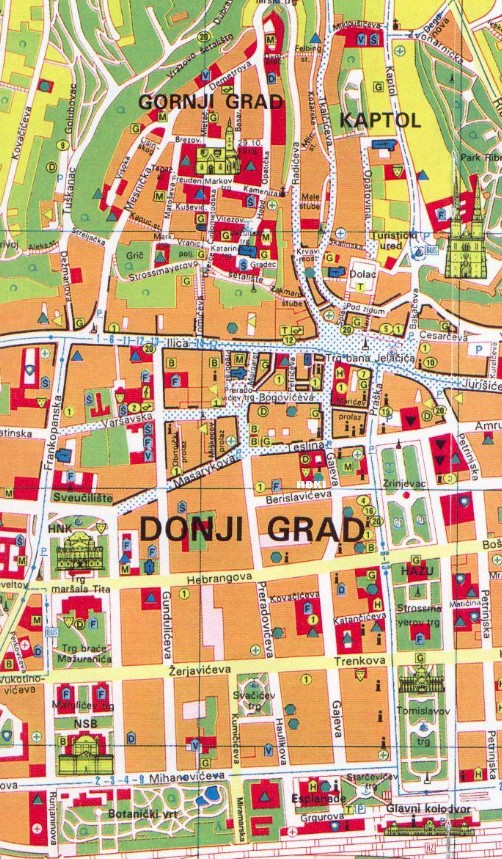Buenos Aires is the capital and main city of Argentina. The city is located on the western shore of the Río de la Plata, on the southeastern coast. “Buenos Aires” is Spanish for “fair winds” or “good airs”.
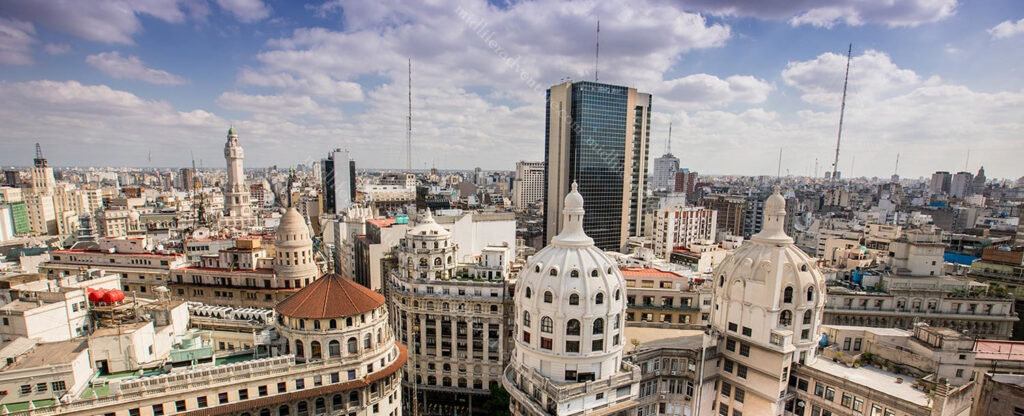
According to the blurb it was the Spanish coloniser Pedro de Mendoza (in 1580) that established the first settlement there, which he named Nuestra Señora Santa María del Buen Aire (“Our Lady St. Mary of the Good Air”). Buenos Aires locals are referred to as porteños (“people of the port”) because so many of the city’s inhabitants historically arrived by boat from Europe.
Our arrival into Buenos Aires was similar to those, and we came in through the port. We were just one of several ships in that day, and to say that the port was bedlam, would be an understatement. We had teamed up with our dinner buddies (Kurtis and Mark) who had a thing for gardening, so we got out of the port and Ubered our way to the botanical gardens (for about $4).
















I am much more a statue guy than a garden guy, and the photos clearly reflect that. That said, the gardens were nice, with the exception of the mosquitos that absolutely loved by high quality Aussie blood. There were trees aplenty and even a butterfly garden buried among all of the foliage.
To say that Buenos Aires is a dog friendly city would be an understatement. The sheer number of dogs in public parks and on leashes wandering the city was astounding. And these pooches are seriously pampered.



Sadly the wealth and influence of the city far overshadows the rest of the country. But as with all cities Buenos Aires also reflects Argentina’s economic and social problems. Homelessness and drug use were evident, although at no point did we feel unsafe or uneasy.
After the gardens we found a few little holes in the wall that fed and watered us for a ridiculously cheap price. Jill and I had 3 empanadas each washed down by a pint of the local brew (and a sampling of some others – including an on tap gin and tonic) for the princely sum of $8.40. After that we found a local deli and then a bakery, damn I think I might be falling in love with Argentina.








One of the major attractions of the city is the Recoleta Cemetery. In 1822, the former garden was turned into the first public cemetery in Buenos Aires. Known as the “city of the dead” or “city of angels”, Recoleta cemetery has a layout similar to a city with one main street, diagonals, narrow corridors and internal passageways.



It is set in an area of 5.5 ha (14 acres) and you will find around 4800 vaults and mausoleums. The cemetery is more of an open air museum than anything else. As soon as you walk through the doorway you are met with amazing architecture, works of art and sculptures.






More than 20 presidents, 25 city mayors, 40 governors, Nobel prizes, writers, politicians, engineers and even a caretaker are buried at Recoleta cemetery. But the most famous is that Recoleta Cemetery is the resting place for María Eva Duarte de Perón (known as “Evita”).
Outside the cemetery is a park known as Intendente Torcuato de Alvear. This area turned into a huge market on day two of our exploring.





Plazoleta Chabuca Granda (the oldest tree in town) also sits in the square outside the cemetery. It even has a statue of a dude holding up one of the super heavy branches.

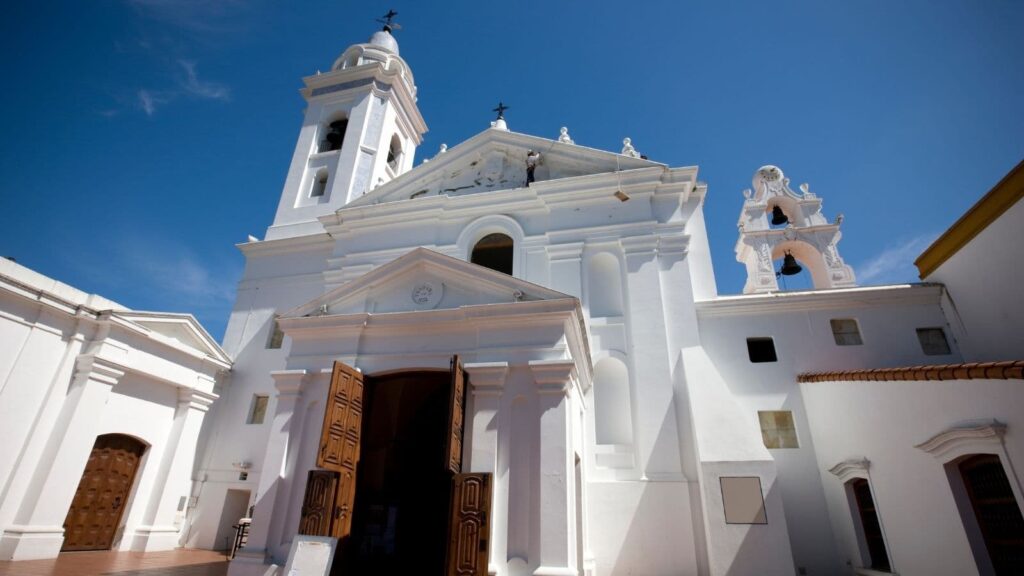
Just next door to the cemetery you can find the Nuestra Señora de Pilar church. Built in 1732 it is one of the oldest in the city.
In reality I got a bit turned around when exploring here. On day one we were at the cemetery and on day two we were at the Nuestra Señora de Pilar church (to follow). In reality these are side by side but I entered and exited the cemetery from the same way and did not even realise this. The next day we came at it from the opposite side and took a photo of the church that I had almost sat on the steps of the day before.
Buenos Aires is an amazing city with wide avenues and a true cosmopolitan flair that feels more European than Latin American. There are some huge colonial landmark buildings but the real feel of the city is the differences between the individual neighbourhoods. Each one has its own distinct feel and have their own meeting places, generally coffeehouses or bars.
At night Buenos Aires’s nightclubs (boites) come alive as people flock together to dance the tango.
This famous dance originated in the lower-class areas of the city and is said to ‘reflect the soul of the Argentina’.
While we didn’t go to a tango club, the ship did bring some of the best dancers on board that evening to put on a show.

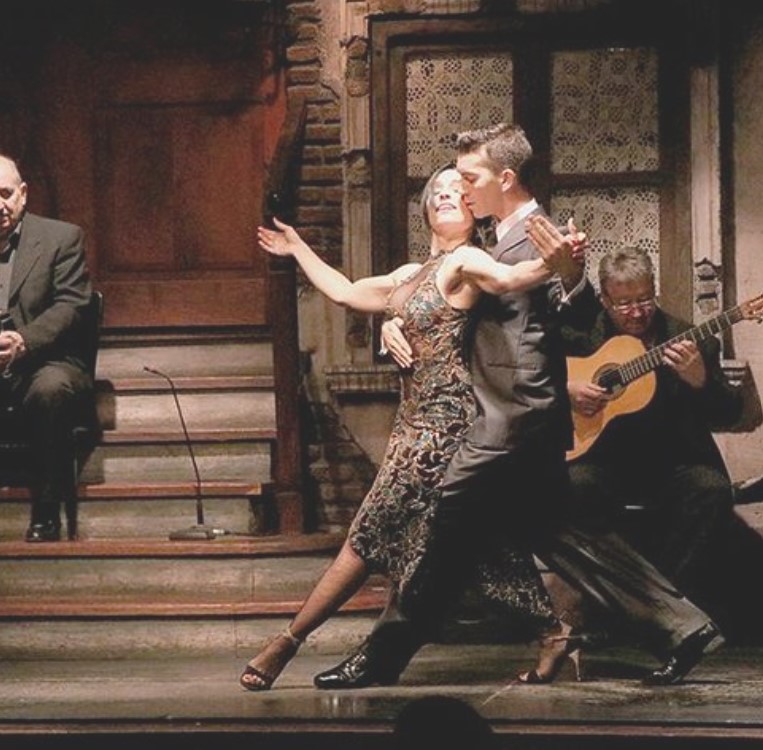
If you want to do the full tourist thing there are any number of these boites that will offer you dinner and a tango show.
But in reality, if you wander about a bit at night, you almost cant help but run across random tango breakouts.
As we were in town for two full days and day one was taken up with gardens and the cemetery, day two saw us hitting the major sights and the neighbourhoods. Lets say up front, two days was not enough. But it was what we had, so we hopped a cab ($5) to Plaza de Mayo which is the oldest public square in Buenos Aires.



The square is named after the Argentine revolution, which began on 25 May 1810. It has been the scene of many of the most important events in the city’s history, from the second founding of the city in 1580, through the revolution of independence, to more recent political demonstrations.
Around the square are several important buildings: the Cabildo (old town hall now national museum), the Metropolitan Cathedral (where Pope Francis conducted mass for 20 years), the Casa Rosada (Pink House or Presidential Palace and site where Evita gave some of the more famous speeches), the national revenue office, the national bank and the intelligence secretariat.






As a random bit of knowledge, apparently, they used to do a version of running of the bulls in the square, prior to the revolution.
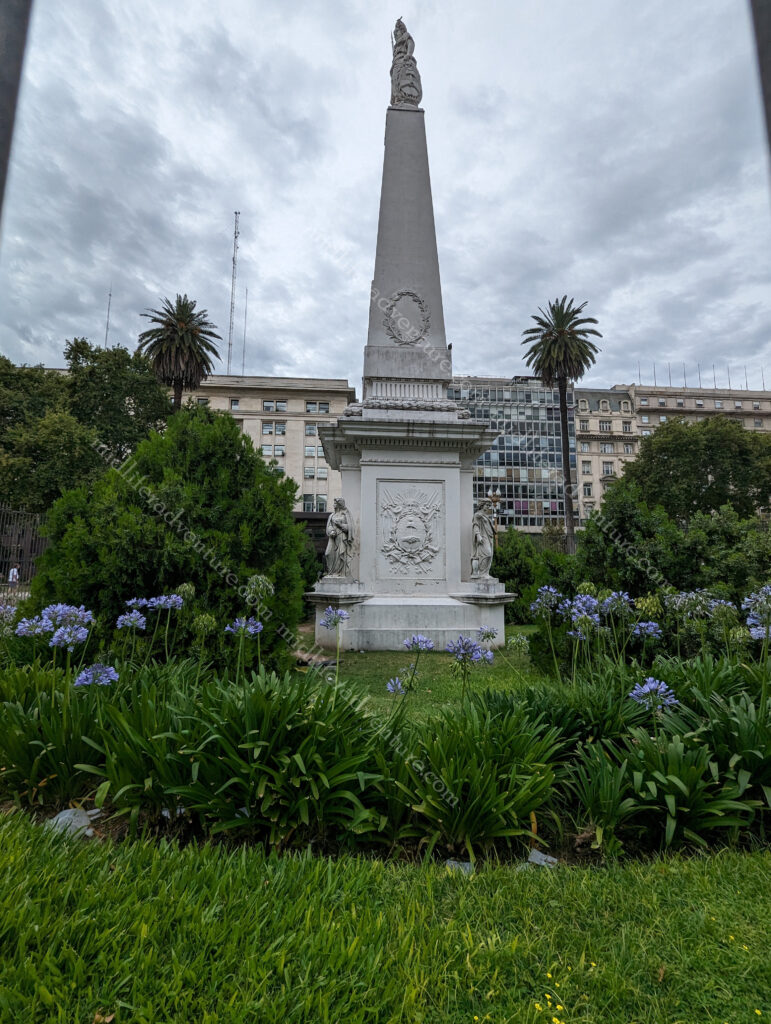
The Pirámide de Mayo is at the hub of the Plaza de Mayo and is the oldest national monument in the city.
It’s construction was ordered in 1811 to celebrate the first anniversary of the May Revolution.
It was renovated in 1856 and in 1912 was moved 63 metres with the idea that a much larger monument would eventually be constructed around it.
Having done the plaza we walked past the bank and along one of the many parks to explore the city more fully. We wandered along wide avenues and took in the interesting mix between the old and new parts of the city.










La Boca is a colourful neighborhood of Buenos Aires that is characterised by the street artists, narrow streets and brightly painted buildings. In the middle of La Boca is Caminito, a narrow alley flanked by zinc shacks that reflect the district’s early immigrant days. Caminito is more of a street museum than a traditional alley and the area gathered significance as the inspiration for the music for the tango “Caminito (1926)”.




Asado is the term used for South American barbecue. This type of meal is common in Argentina, Chile, Paraguay, Peru and Uruguay and usually consists of beef, pork, chicken, chorizo, and morcilla (blood sausage). These are cooked on an open fire or grill (called a parrilla) and usually eaten with side dishes and red wine.



Buenos Aires is the city with the highest number of football stadiums in the world. The city has at least 18 professional teams, and the passion for the sport is visible on almost every street corner.




The passion of Argentine football fans is legendary creating an electric atmosphere at each game. The fans choreograph chants, design tifos (giant displays), and ignite the stadium with their undying passion. When doing some research I found the following “Argentine football stadiums are not just structures made of bricks and cement. They are temples of passion, history, and culture. Each corner echoes with tales of legendary matches, iconic goals, and unforgettable moments. Every seat has witnessed emotions ranging from the ecstasy of victory to the heartbreak of defeat.”
How can you really argue with that.
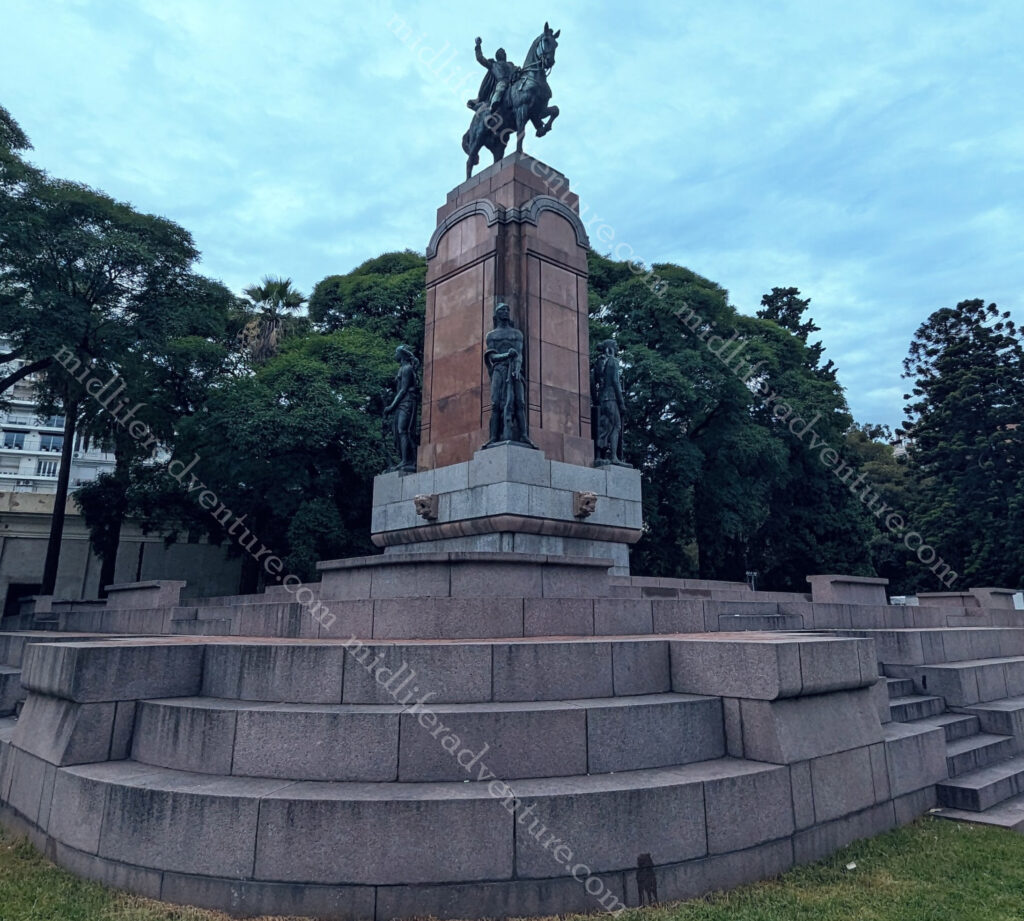
Our last part of the day involved a run down the hill from the cemetery past the Recoletta, through the park (and the market), past the statue in honour of Carlos María de Alvear a military revolutionary (and the towns first mayor).
Across the bridge, through the park, past the bizarre statues of kangaroos and to the massive law school building. I tried to get the story behind why there were kangaroo statues in Buenos Aires but had absolutely no luck.






We didn’t get here but in the Parque Tres de Febrero you can find the 1960s-built planetarium. Looking like a UFO it has projection room with a 20 meter dome and reclining seats for viewing projections of the stars.
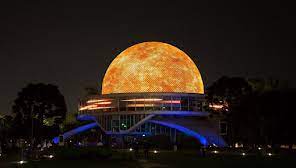
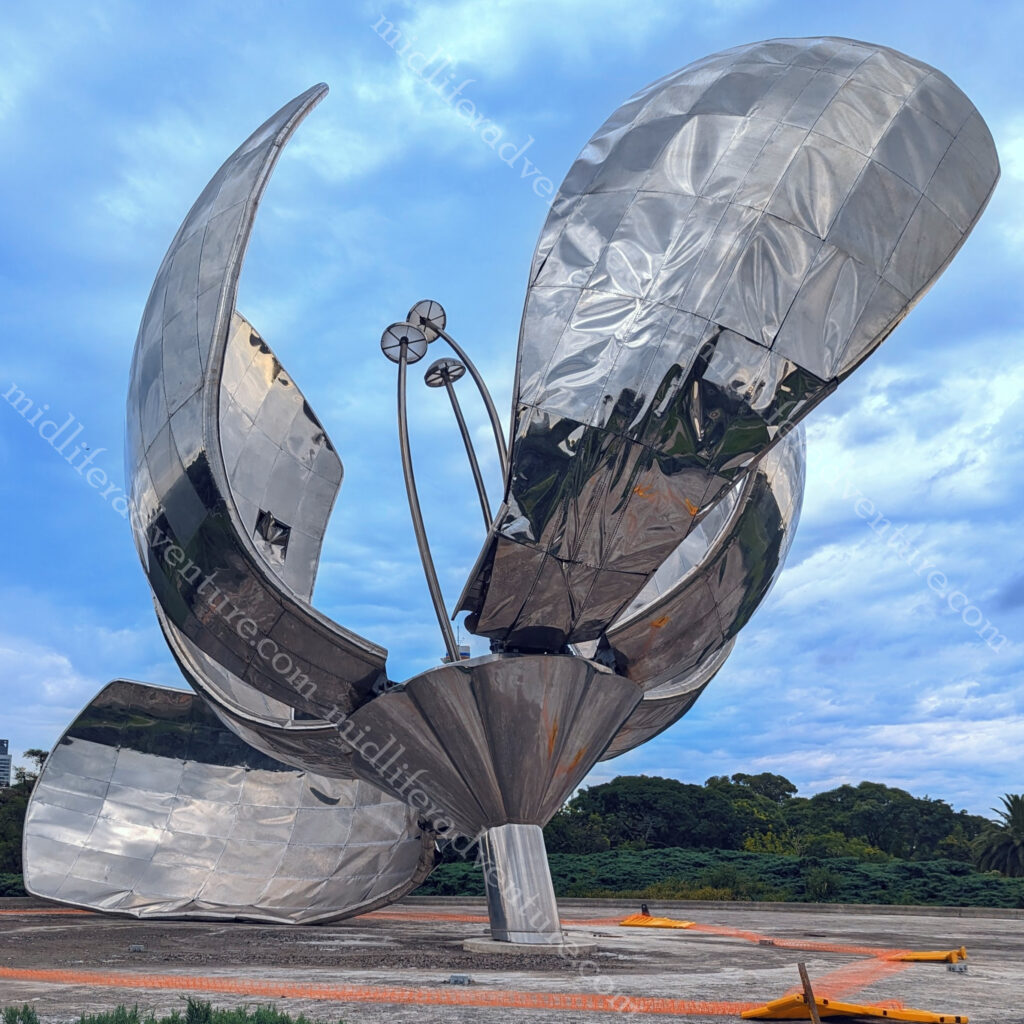
And our final port of call before heading out of town was to the Floralis Genérica. This is a sculpture made of steel and aluminum located in Plaza de las Naciones Unidas (United Nations Plaza) that was donated to the city by the Argentine artist.
Buenos Aires was amazing. It was neat, clean, friendly and extremely cheap. Meals, taxis and ubers were all incredibly cheap and we have already decided that we will be coming back here many more times.
